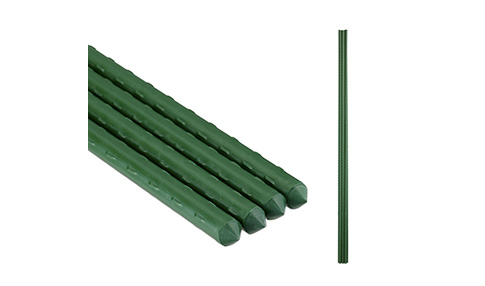Collated Roofing Nails for Reliable Construction and Repair Solutions
Oct . 22, 2024 09:55
Understanding Collated Roofing Nails A Comprehensive Guide
When it comes to roofing projects, selecting the right materials and tools is pivotal to ensuring durability and efficiency. One of the unsung heroes in the roofing process is the collated roofing nail. These specialized nails have been designed to maximize efficiency and effectiveness, making them a favorite among contractors and DIY enthusiasts alike. In this article, we will explore the characteristics, benefits, and applications of collated roofing nails.
What Are Collated Roofing Nails?
Collated roofing nails are typically made of steel and come in a variety of lengths and diameters. What sets them apart from regular roofing nails is their unique collating mechanism; they are attached in strips or coils, which allows for quick and efficient loading into a nail gun. This feature significantly speeds up the roofing process, reducing the time it takes to fasten shingles or other roofing materials securely.
Characteristics of Collated Roofing Nails
1. Material Most collated roofing nails are manufactured from galvanized steel, which provides excellent resistance to rust and corrosion. This is particularly important for roofing applications as nails are often exposed to various weather conditions.
2. Head Design The head of a collated roofing nail is typically larger than that of standard nails, which helps to secure roofing materials in place more effectively. The design aids in distributing pressure and minimizes the risk of tearing through shingles.
3. Length and Gauge Collated roofing nails come in multiple lengths (commonly ranging from 1 to 2.5 inches) and gauges (thickness), allowing for versatility depending on the roofing materials being used. Thicker nails may be preferable for heavier materials, while thinner nails might suffice for lighter shingles.
4. Collating System These nails generally come in coils or strips, making them compatible with pneumatic nail guns or roofing nailers. The collating process also helps to keep nails in a straight line, ensuring precise placement.
Benefits of Using Collated Roofing Nails
collated roofing nails 1 1 4

1. Efficiency One of the most significant advantages of collated roofing nails is the speed at which they can be installed. With the use of a nail gun, roofers can secure shingles in a fraction of the time it would take using manual methods. This efficiency is critical for large roofing projects where time management is essential.
2. Consistency Collated roofing nails provide uniformity in placement, ensuring that every nail is driven at the right angle and depth. This consistency contributes to the overall integrity of the roofing job.
3. Reduced Labor Cost The efficiency of using collated nails means that fewer hours are required to complete roofing jobs. This leads to cost savings in labor expenses, which can be a significant factor in large-scale roofing projects.
4. Versatility Collated nails can be used with various roofing materials, including asphalt shingles, metal roofing, and even some types of wood shingles. This versatility makes them an essential tool for roofing contractors.
Applications of Collated Roofing Nails
Collated roofing nails are predominantly used in residential and commercial roofing applications. They are ideal for securing the underlayment, attaching shingles, and in some cases, fastening other roofing components such as ridge caps and ventilation systems.
In addition to roofing, these nails can find applications in other construction tasks where quick fastening is required, such as sheathing, siding, and flooring.
Conclusion
Investing in collated roofing nails can greatly enhance the roofing process, making it faster, more efficient, and reliable. Their durability, speed of application, and various sizes make them a crucial component for any roofing project. Whether you are a seasoned professional or a DIY enthusiast, understanding and utilizing collated roofing nails can significantly impact the quality and longevity of your roofing endeavors. With the right choice of materials, you can ensure that your roof stands the test of time, providing safety and shelter for years to come.




















